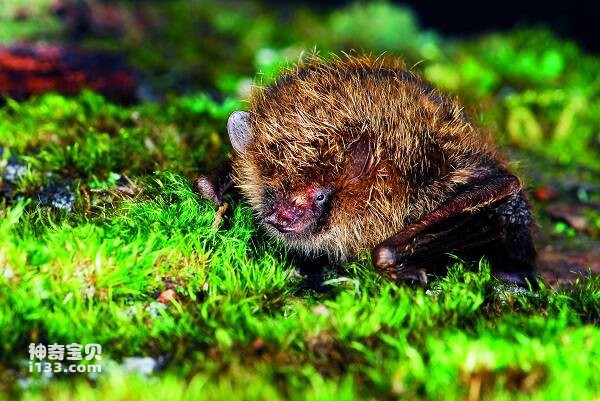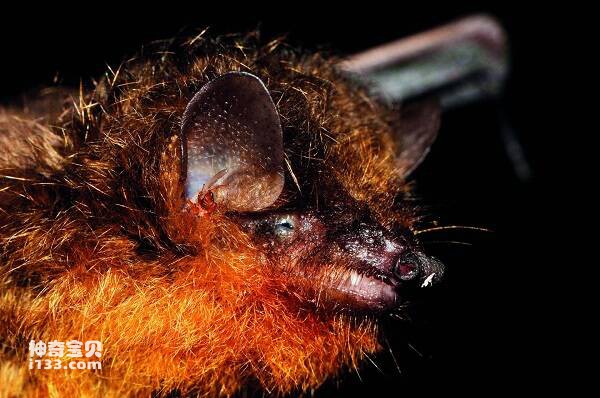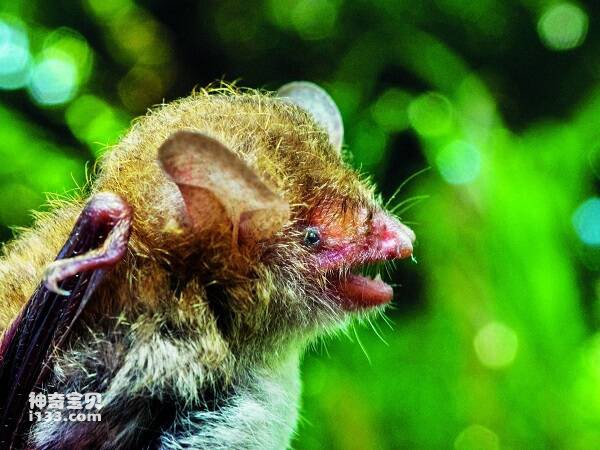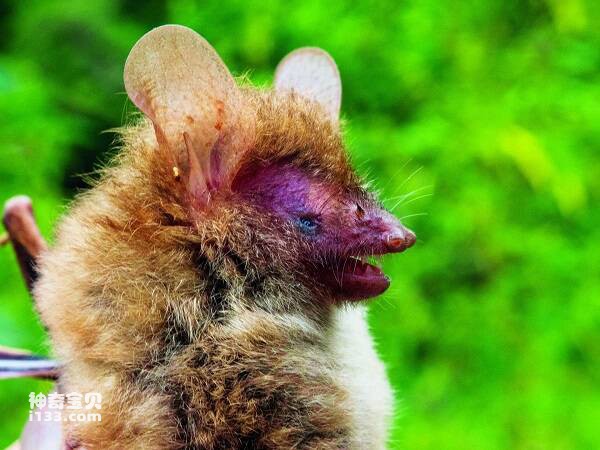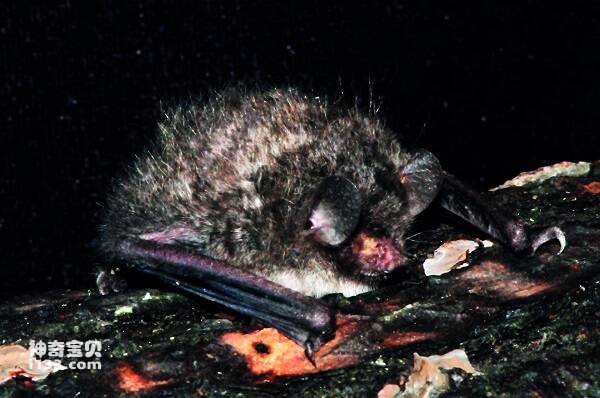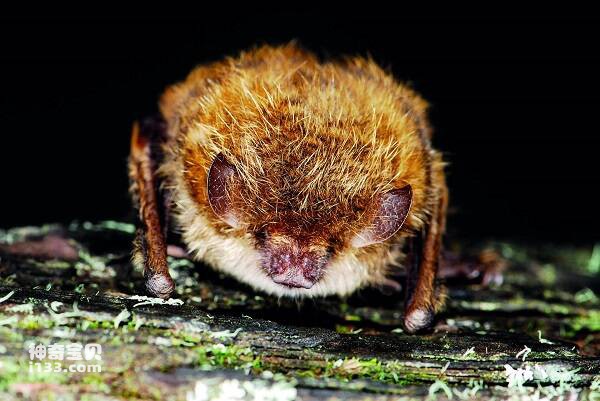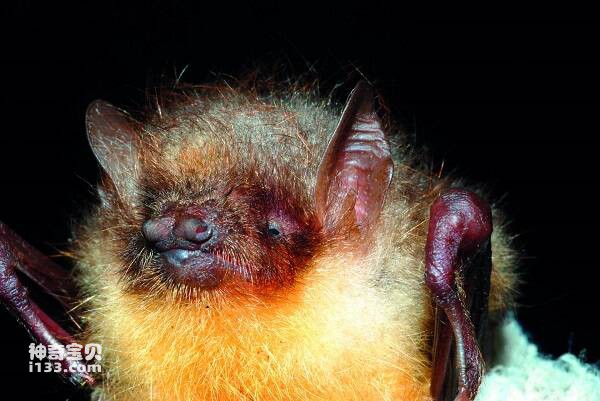Vespertilio sinensis
IUCN
LCBasic Information
Scientific classification
- name:Vespertilio sinensis
- Scientific Name:Vespertilio sinensis
- Outline:Chiroptera
- Family:Chiroptera B.family B.genus
Vital signs
- length:46-56mm
- Weight:12-19g
- lifetime:
Feature
The ears are short and slightly triangular in width, and the base of the body hair is dark brown.
Distribution and Habitat
It is widely distributed in Qinghai, Shaanxi, Gansu, Inner Mongolia, Xinjiang, Jilin, Liaoning, Heilongjiang, Shandong, Shanxi, Yunnan, Sichuan, Hunan, Hubei, Guangxi, Beijing, Jiangxi, Taiwan, Henan, Tianjin, Chongqing, Fujian and other places in China. It is distributed abroad in Japan, North Korea, South Korea, Mongolia and Russia.
Eastern bats live in open grasslands or foothill river valleys, and choose all kinds of buildings for hiding, such as tall wooden water buildings, grain warehouses, roof frames of iron roofed buildings, roofs of houses, doors and Windows.
Appearance
Medium size. Weight 12-19g, forearm length 46-51mm. Dorsal hairy base brown, tip light brown; Ventral hairy base light brown, tip gray brown. The base of the buttocks, larynx and underbelly are grayish-brown. The eyes are relatively large. The ears are short and broad, slightly triangular in shape, and the tip of the tragus is slightly rounded and blunt. The tail is developed, protruding the interfemoral membrane about 3mm. The alar membrane begins at the base of the toe and is narrow and arc-shaped. The body hair extends to the interfemoral membrane, more than half the length of the tibia.
Details
Eastern bats belong to human animals, often inhabit all kinds of artificial buildings, such as houses or building roof frames, ceilings, door and window frames and bridge gaps, can crawl or hang upside down in the gap between the roof beams of the shed. The number of populations varies greatly, few live alone, often tens of small groups, sometimes hundreds of thousands of people live together to form a larger population. Emit short, wide, echolocation sound waves with multiple harmonics for catching insects in open environments. In the daytime habitat, it often emits communication calls that can be heard by humans, which are used to express their own emotions or physical conditions.
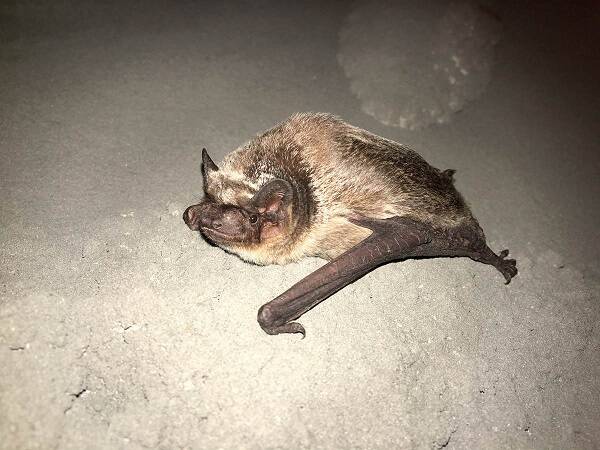
Eastern bats give birth at the end of spring, between June and July for the feeding period, each birth of 2 children, generally living in the open grassland or foothill river valley, choose various buildings for shelter. During the breeding period, males and females inhabit separately, females integrate 50 ~ 70 individual groups, and after the young live independently, males and females mix to form small groups. When the young are frightened, the back close to the mother, two feet hold the mother upside down, or crawl under the mother's body; The mother will also take off with her young when frightened.
Listed on the International Union for Conservation of Nature (IUCN) 2008 Red List of Threatened Species ver 3.1 - Not Threatened (LC).


